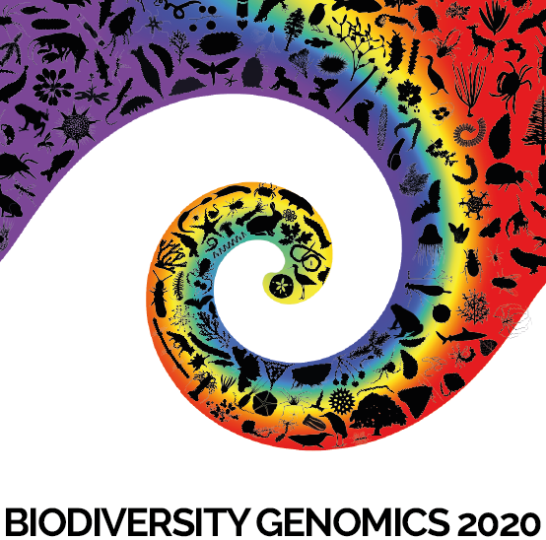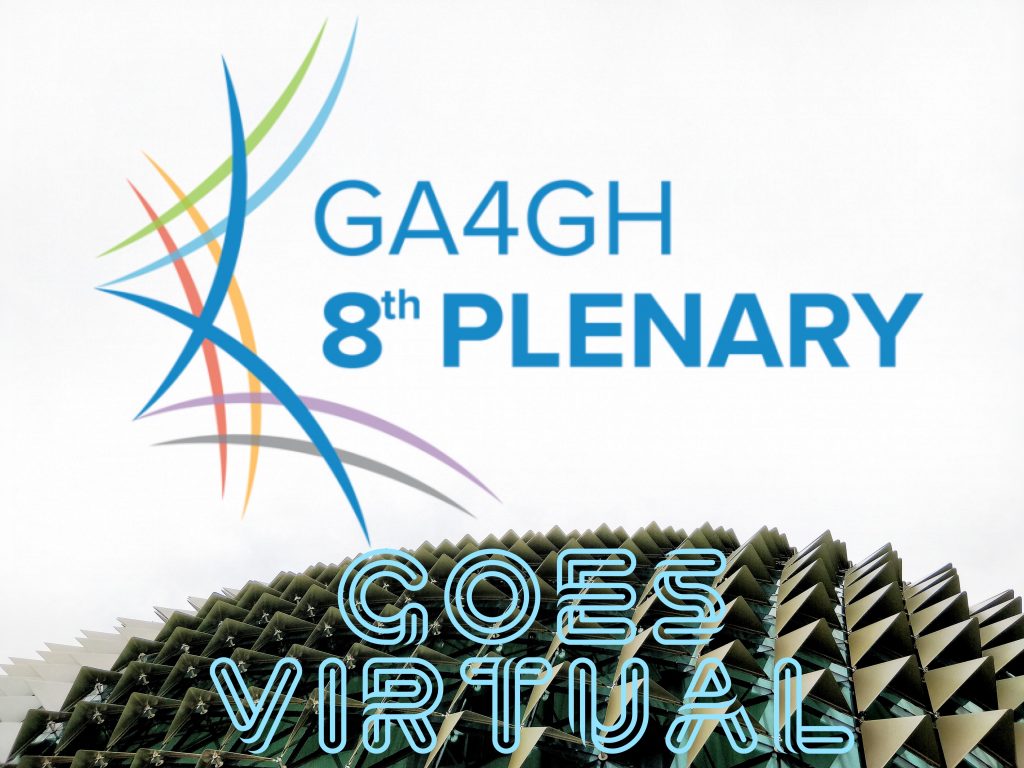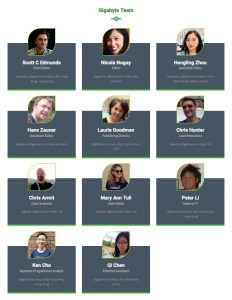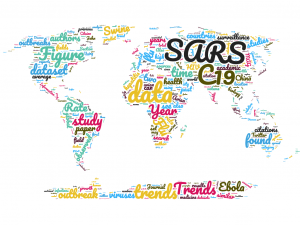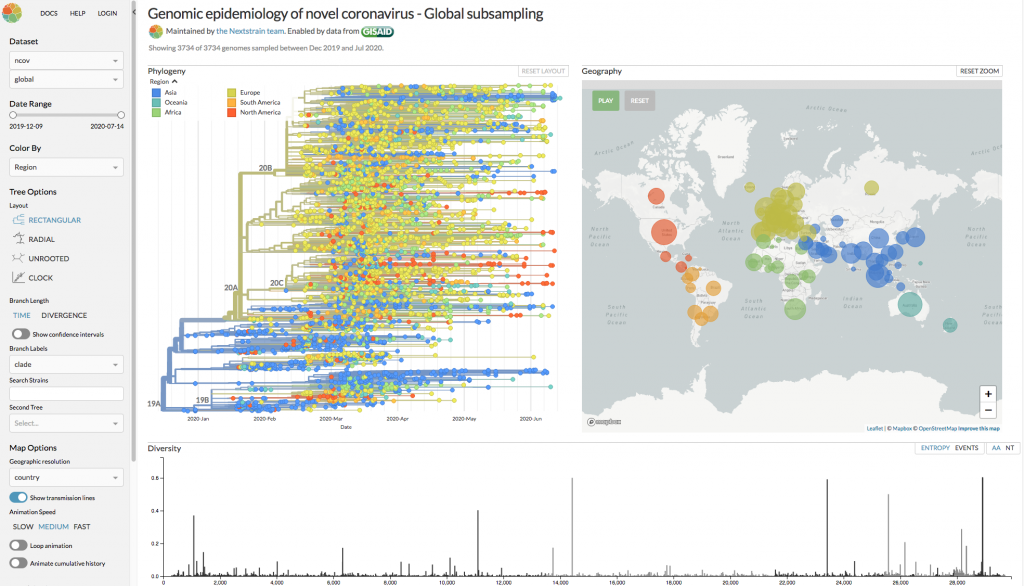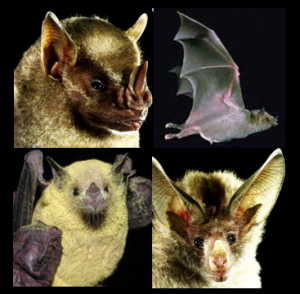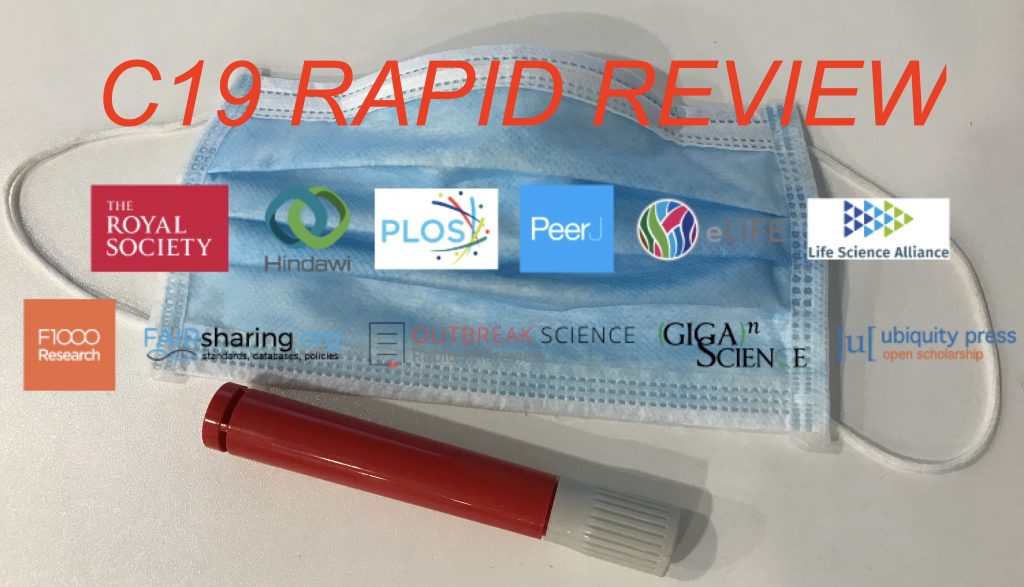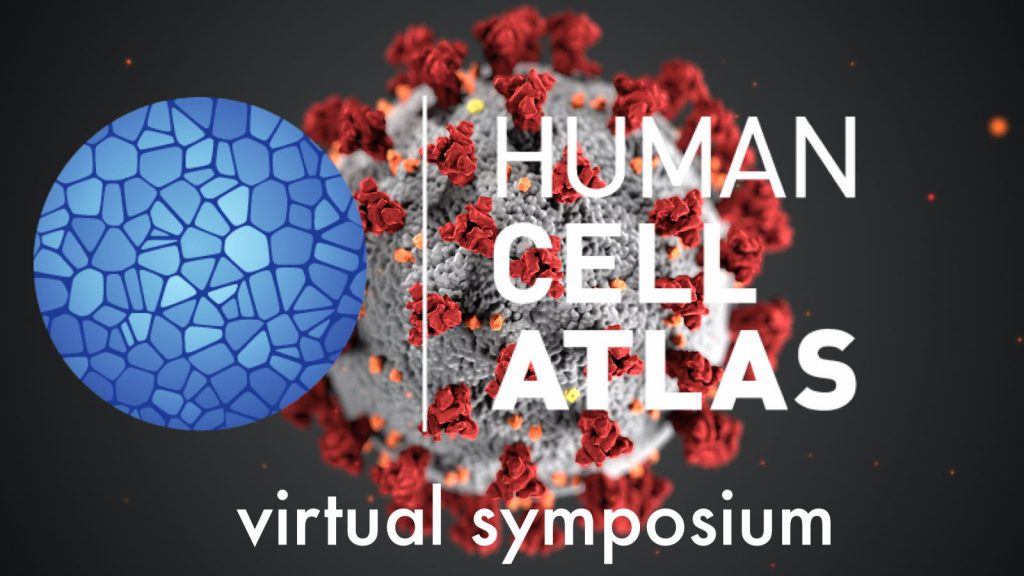
The Human Cell Atlas is a consortium that aims to “create comprehensive reference maps of all human cells—the fundamental units of life—as a basis for both understanding human health and diagnosing, monitoring, and treating disease.” I first met with consortium members of the Human Cell Atlas at the Human BioMolecular Atlas Program Common Coordinates Framework Workshop based at the National Institutes of Health, Bethesda, USA in December 2017.

